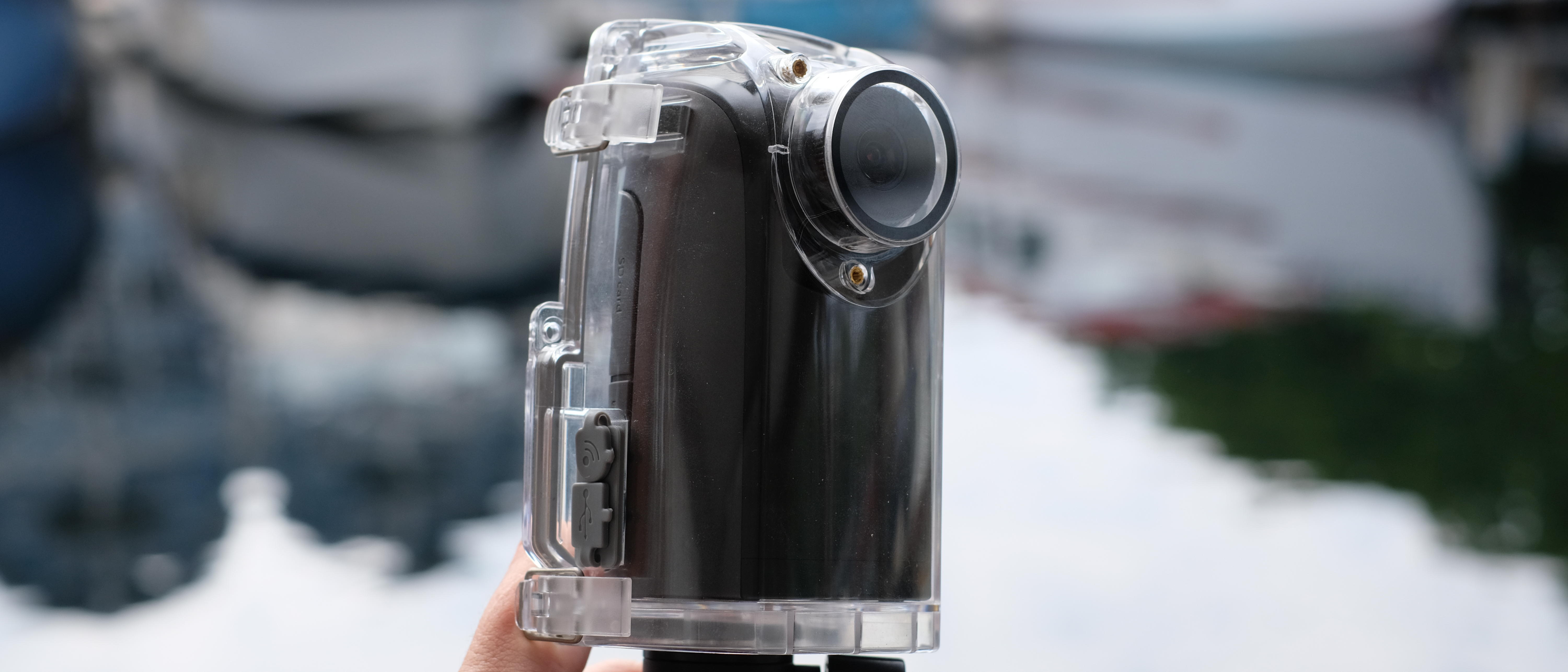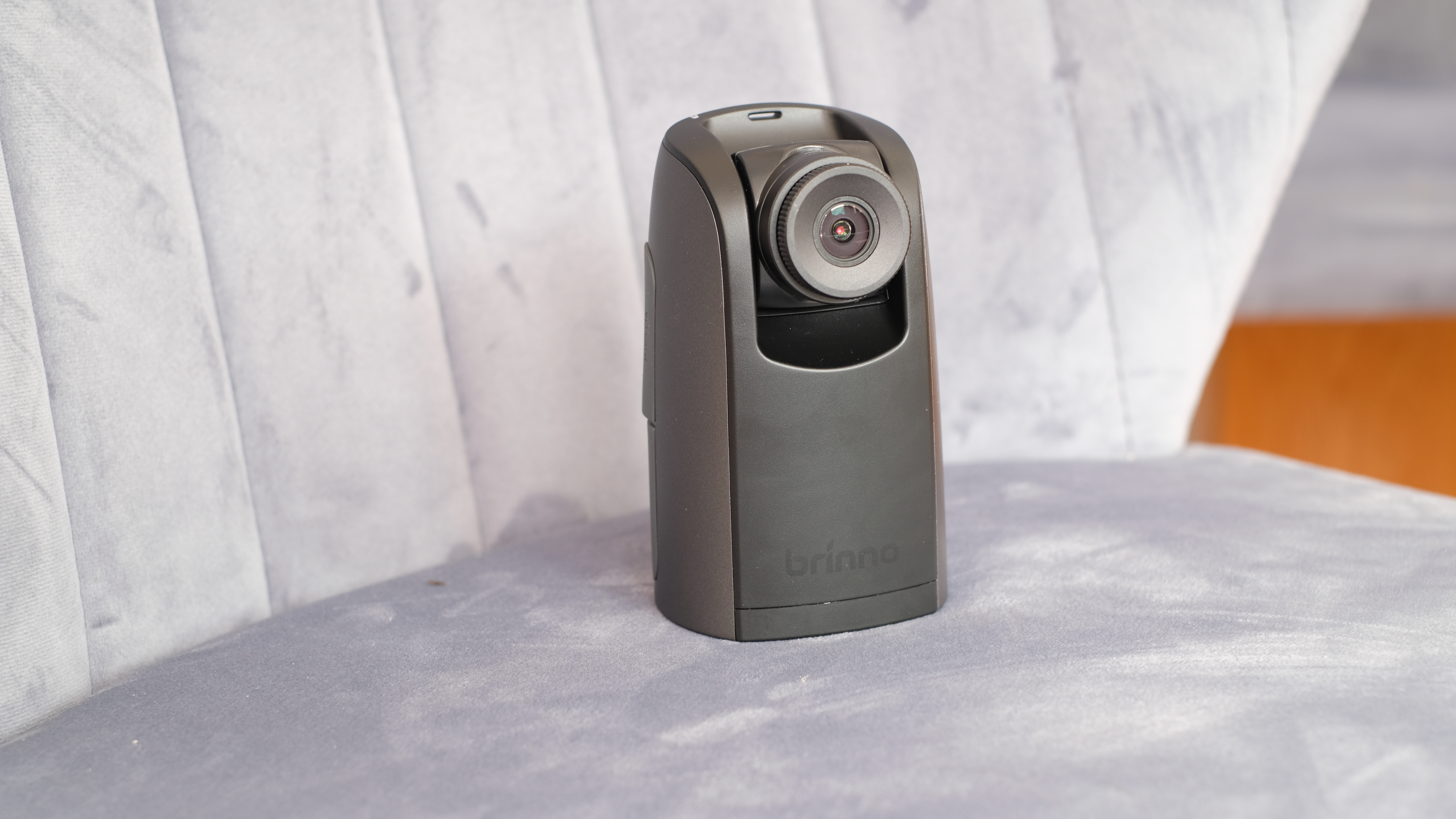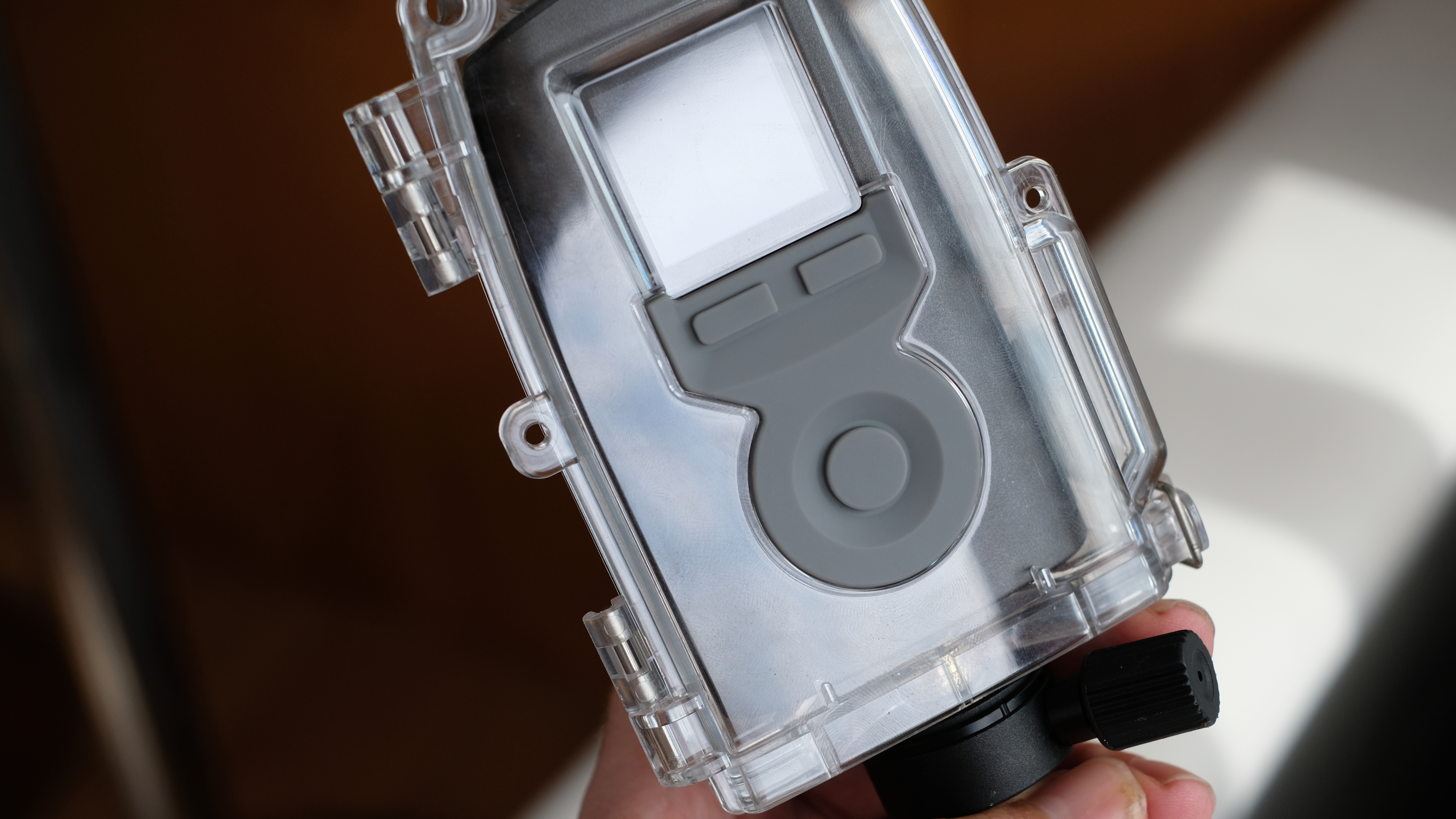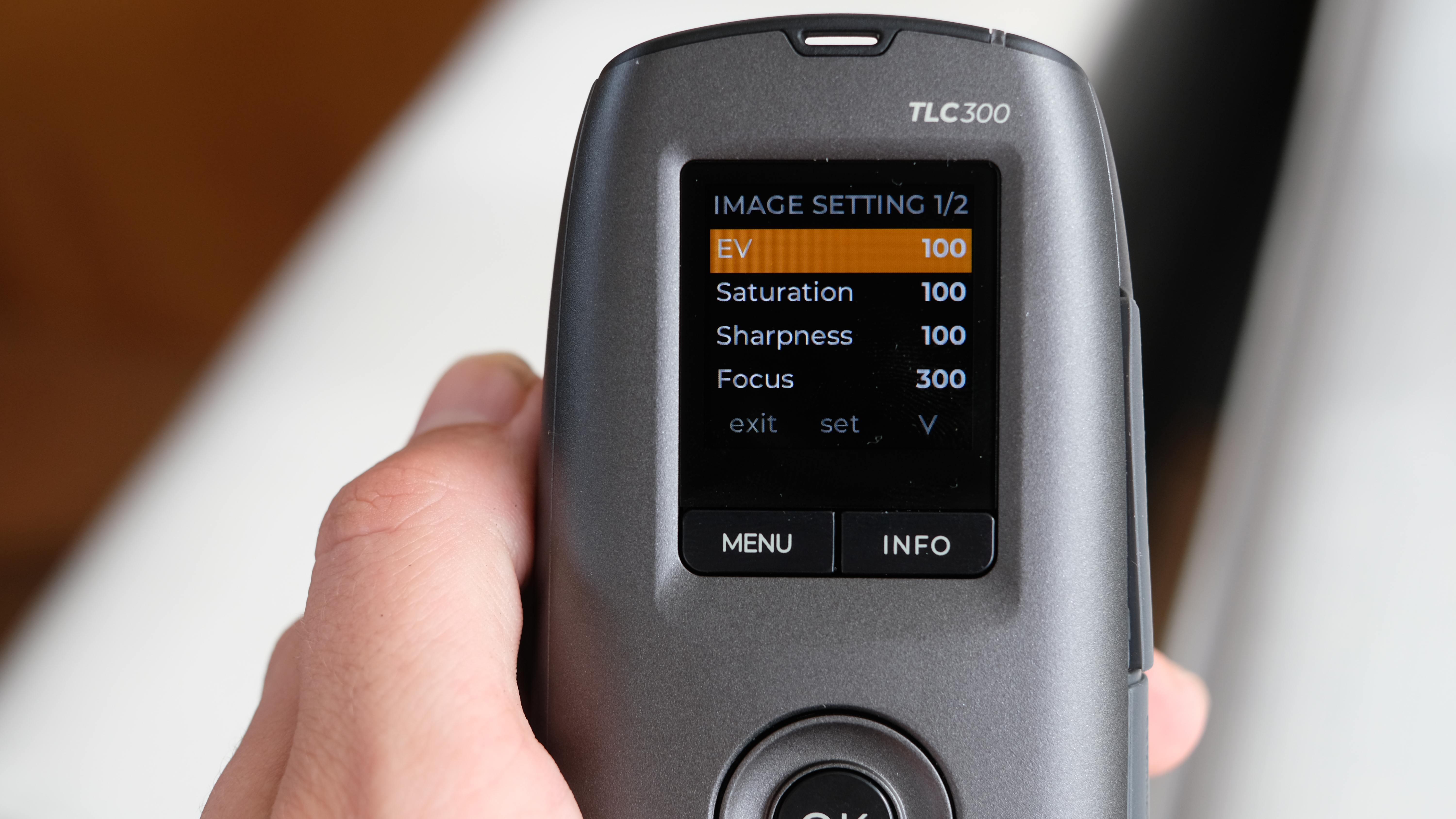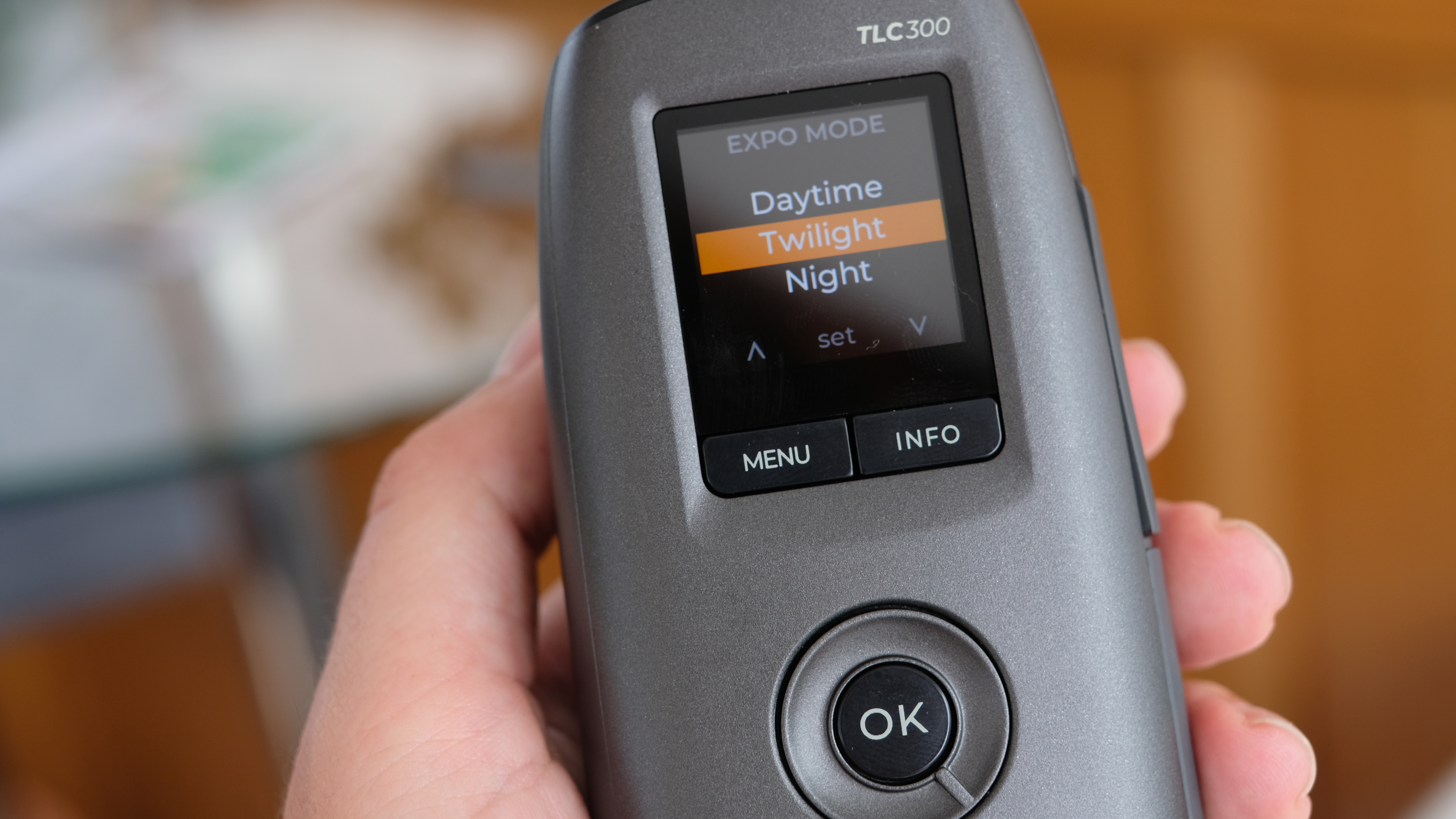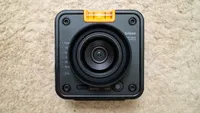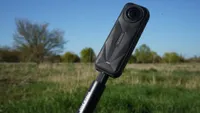Digital Camera World Verdict
Affordable and simple, with battery life for days and days (and days), the Brinno BCC300-C kit is a pretty ideal ‘my-first-timelapse’ setup. Its Full HD video looks great in daylight and good enough at night, and it gives you a pre-made, readily shareable MP4 video straight out of camera.
Pros
- +
+Solid value for the full kit
- +
+Decent quality timelapse in day and night
- +
+Auto-saves as MP4 for easy sharing
Cons
- -
-No wireless connectivity
- -
-Fairly useless microUSB port
Why you can trust Digital Camera World
While many modern cameras have timelapse functionality, dedicated timelapse cameras are generally a much better bet for creating videos that compress periods of weeks or months into a few short minutes. Unlike mirrorless cameras, they’re designed to be set up and left for long periods, with kits generally including waterproof housings to keep the rain off, and customisable schedules that let you program in exactly when you want the camera to record.
The Brinno BCC300-C Timelapse Camera Kit is an entry-level kit from one of the market’s major players, which comes with a clamp and a waterproof housing, as well as the camera. It offers a fairly straightforward interface, programmable scheduling and a range of recording options for different conditions. It produces Full HD video and has an IPS LCD screen for preview and programming, but otherwise is pretty pared back. There’s no connectivity to speak of, and it’s a one-trick pony – it’ll do you an MP4 timelapse, and that’s it.
Could this be the perfect entry-level timelapse camera, or is it too simplified for its own good? I took it to the boatyard and put it to the test to find out.
Brinno BCC300 review: Specifications
Video resolution | Full HD 1080p | Row 0 - Cell 2 |
Video frame rate | Up to 30fps | Row 1 - Cell 2 |
Export file format | MP4 | Row 2 - Cell 2 |
Lens aperture | F2.0 | Row 3 - Cell 2 |
Angle of view | 118 degrees | Row 4 - Cell 2 |
Interval times | 2 sec – 24 hours | Row 5 - Cell 2 |
Data storage | SD card (up to 128GB) | Row 6 - Cell 2 |
Camera dimensions | 64 x 52 x 107mm | Row 7 - Cell 2 |
Housing dimensions | 127 x 90 x 59mm | Row 8 - Cell 2 |
Camera weight | 140g (without battery) | Row 9 - Cell 2 |
Housing weight | 120g | Row 10 - Cell 2 |
Power | AA batteries x 4 | Row 11 - Cell 2 |
Brinno BCC300 review: Price
I tested the full Brinno BCC300-C Timelapse Camera Kit, which gives you everything you need to start creating timelapses – as well as a BCC300 camera, you get a clamp mount, bungee cords, waterproof housing, set of AA batteries and SD memory card. It currently costs $399 / £432.
Alternatively, there is an alternate BCC300-M kit that comes with a wall-mount, rather than a clamp, that retails for around $300/£330 - which is a good option if you want to use the camera from a fixed position for a prolonged period of time.
If you want the TLC300 camera standalone, you’re looking at around $249 / £269, though I wouldn’t really advise this – at the very least, you'll need the waterproof housing if you are using it outdoors.
This is one of the most affordable options in the Brinno stable, and one of the more affordable time-lapse cameras generally. When you compare it to something like the Brinno BCC5000, which costs a cool $1,899 / £1,899 for the full kit, it won’t be long before you’re asking yourself if you really need 4K anyway.
The best camera deals, reviews, product advice, and unmissable photography news, direct to your inbox!
Brinno BCC300 review: Design
The camera itself is straightforwardly designed – a dome-like shape with an LCD screen, three buttons and lens that can be angled up or down. There’s a micro USB port (not USB-C, boo), but it’s honestly a bit pointless – you can’t use it to transfer files, just power the camera, and how often are you going to set up a camera like this near a power source?
Using the menus, you can program and activate the recording schedule, set capture intervals, and tweak image values like saturation and EV to your satisfaction. As there’s no app or wireless connectivity, this all has to be done via the buttons, which can be fiddly, but works well enough – though as I was soon to discover, the camera’s minimalist menus mean that mistakes are easy to make. I’m not the sort of person who thinks that all devices need connectivity, but all the same, there were multiple moments throughout setup where I had the thought that all this would be so much easier with an app.
The full accessory kit is excellent. The clamp makes for a sturdy mount, with grippy arms that can attach securely to protruding objects.
The waterproof housing was lashed with a rainstorm during my testing and came up trumps – the camera stayed perfectly dry. However, using the housing locks the lens in a fixed position, so care will need to be taken when setting up the camera to ensure it’s pointing in the direction you want.
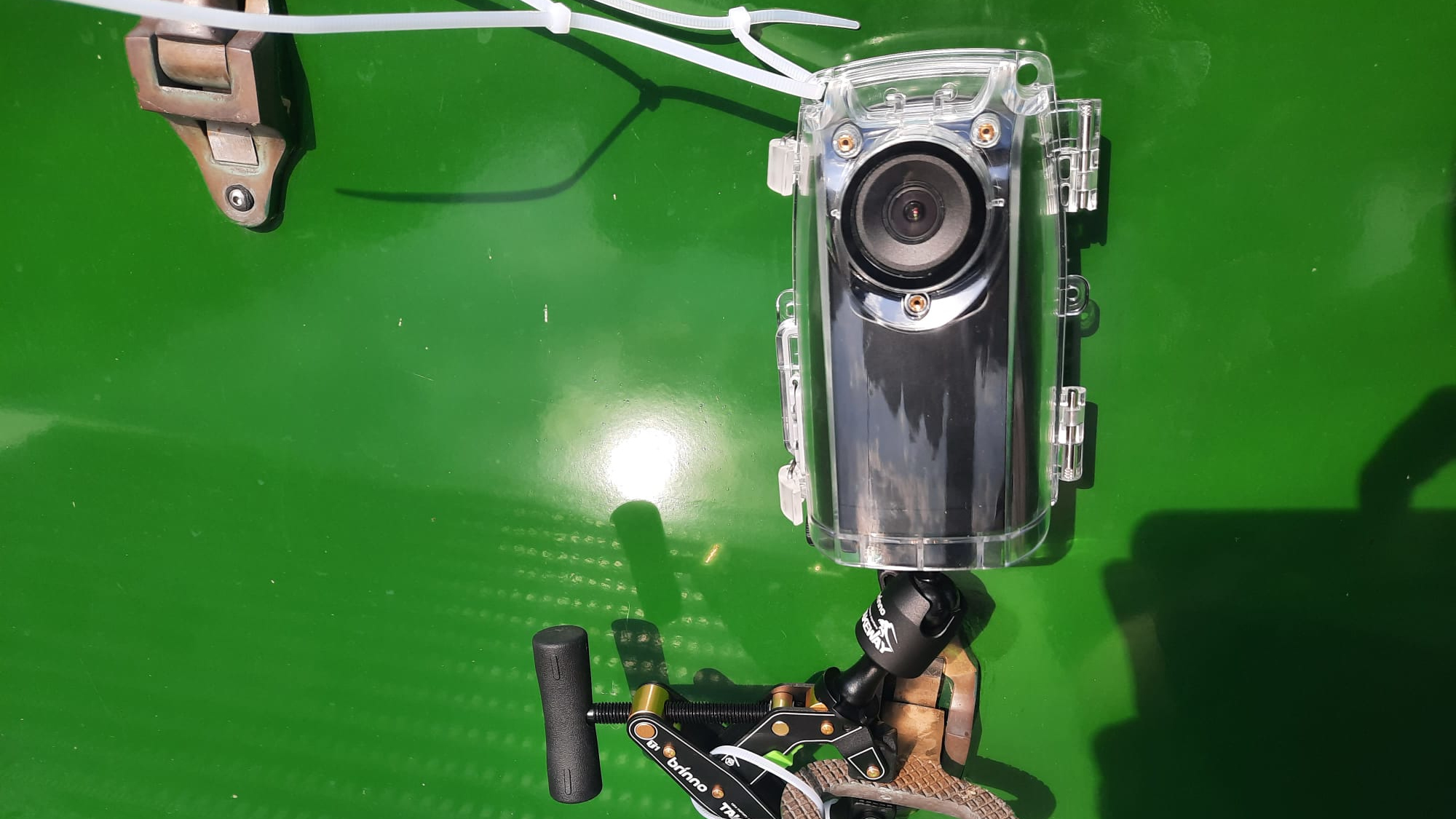
Brinno BCC300 review: Performance
I will admit to some false starts when I tested out the Brinno BCC300-C. The first time I set it up for a multi-day timelapse, I diligently set the schedule and locked the camera in place. The result? An empty SD card. Hmm.
Closer inspection revealed two problems. One, the device’s internal clock was set to the wrong day and time, making my preset schedule meaningless. My fault, should have checked – though I grumpily note that a time readout on the menu screen might have swerved this issue.
The second, more severe problem was that I had not completed the final step of activating recording. Once you set the schedule, the main screen readout will display a picture of a clock, next to the word ‘ON’. Means the schedule’s on, right? No. You see, the word and symbol are highlighted in white, not orange, which means they are not currently activated. You need to hold down the ‘OK’ button for several seconds to actually commit to recording once you’ve set the schedule.
Okay, yes, my fault again – should have read the manual more carefully. Though, again, I grumpily note that a word like ‘OFF’ might have been a tad clearer. Call me a traditionalist.
Enough grousing – I can report that once you get it working, the Brinno BCC300-C produces some pretty lovely timelapse. The Full HD footage is perfectly clear, with decent detail throughout the frame. I’d set the schedule for a day-to-night transition, so I picked the ‘Twilight’ video option, rather than ‘Daytime’ or ‘Night’.
The camera handled it pretty adroitly – the night-time footage is quite a bit grainier, but still perfectly legible. It cuts everything together into an MP4, instantly ready for sharing (as long as you’ve got the latest firmware; I’m glad I did, as the process for updating it looks like a headache).
Battery life is also truly excellent. Brinno claims that the camera can last up to 100 days, and frankly I believe it – I’ve created several multi-day timelapse videos with this thing, and when I look at it now, the battery meter still reads 100%.
There are some features you may find yourself wishing for. There’s no stabilisation to speak of, and as my camera was fixed to a boat, there’s a bit of natural wobble to the footage. It's ultimately not a huge deal though – iMovie's digital stabilisation did a decent job of correcting it.
Brinno BCC300: Sample footage
Above: raw unstablized footage from the Brinno BCC300 timelapse camera
Brinno BCC300 review: Verdict
With hindsight, I can admit that my initial failed timelapses were more on me than they were on the Brinno (hey, we’re not perfect here), and I've come to think that it’s an excellent entry-level timelapse camera. It captures great-looking footage in the day and good-looking footage at night, and once you’ve got the hang of how it works, it’s easy to set up and program.
The full mounting kit offers excellent value for money and lets you get started straight away, and the generous battery life means you can get truly ambitious with the length of your projects if desired.
Alternatives
The Brinno BCC5000 Time Lapse Bundle is Brinno’s high-end option, capturing 4K and offering wireless connectivity – though it costs $1,899 / £1,899 for the full kit.
Though the Insta360 X5 is a 360-degree camera, it offers a timelapse function, and being able to reframe 360-degree footage into standard 16:9 opens up huge potential.
Jon spent years at IPC Media writing features, news, reviews and other photography content for publications such as Amateur Photographer and What Digital Camera in both print and digital form. With his additional experience for outlets like Photomonitor, this makes Jon one of our go-to specialists when it comes to all aspects of photography, from cameras and action cameras to lenses and memory cards, flash diffusers and triggers, batteries and memory cards, selfie sticks and gimbals, and much more besides.
An NCTJ-qualified journalist, he has also contributed to Shortlist, The Skinny, ThreeWeeks Edinburgh, The Guardian, Trusted Reviews, CreativeBLOQ, and probably quite a few others I’ve forgotten.
You must confirm your public display name before commenting
Please logout and then login again, you will then be prompted to enter your display name.
